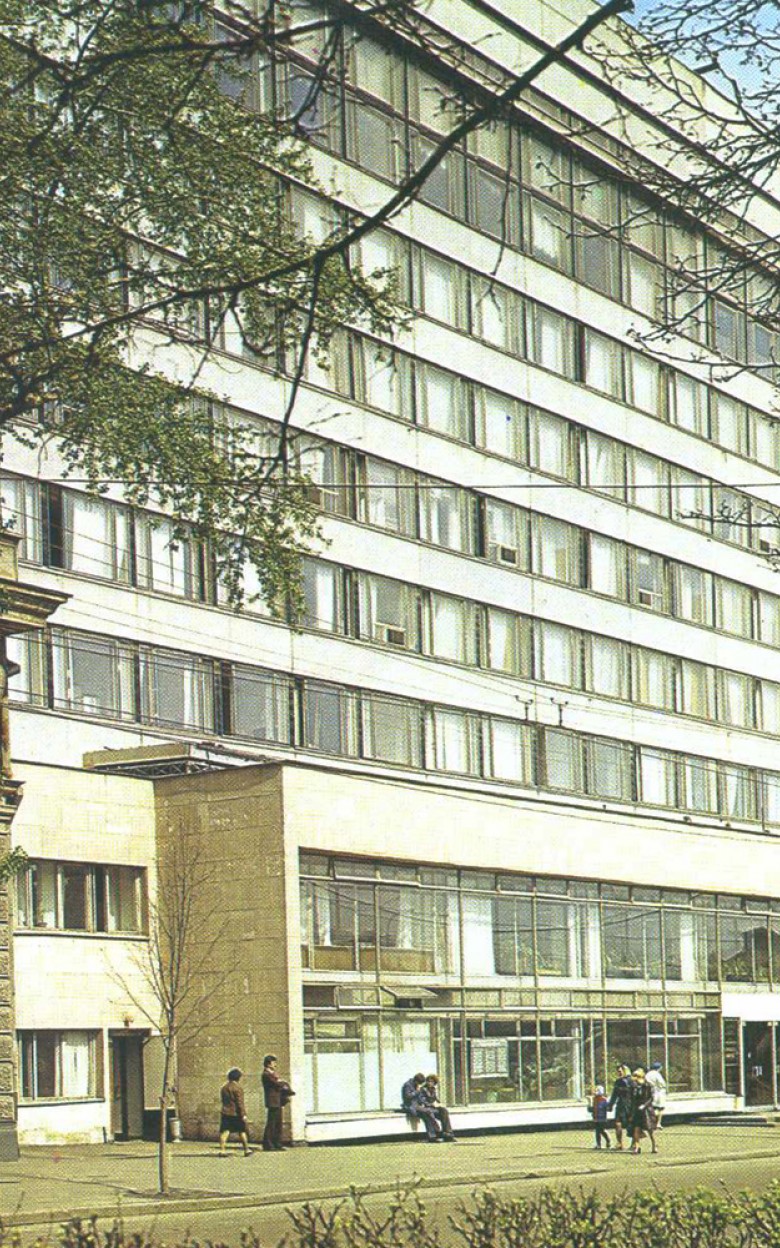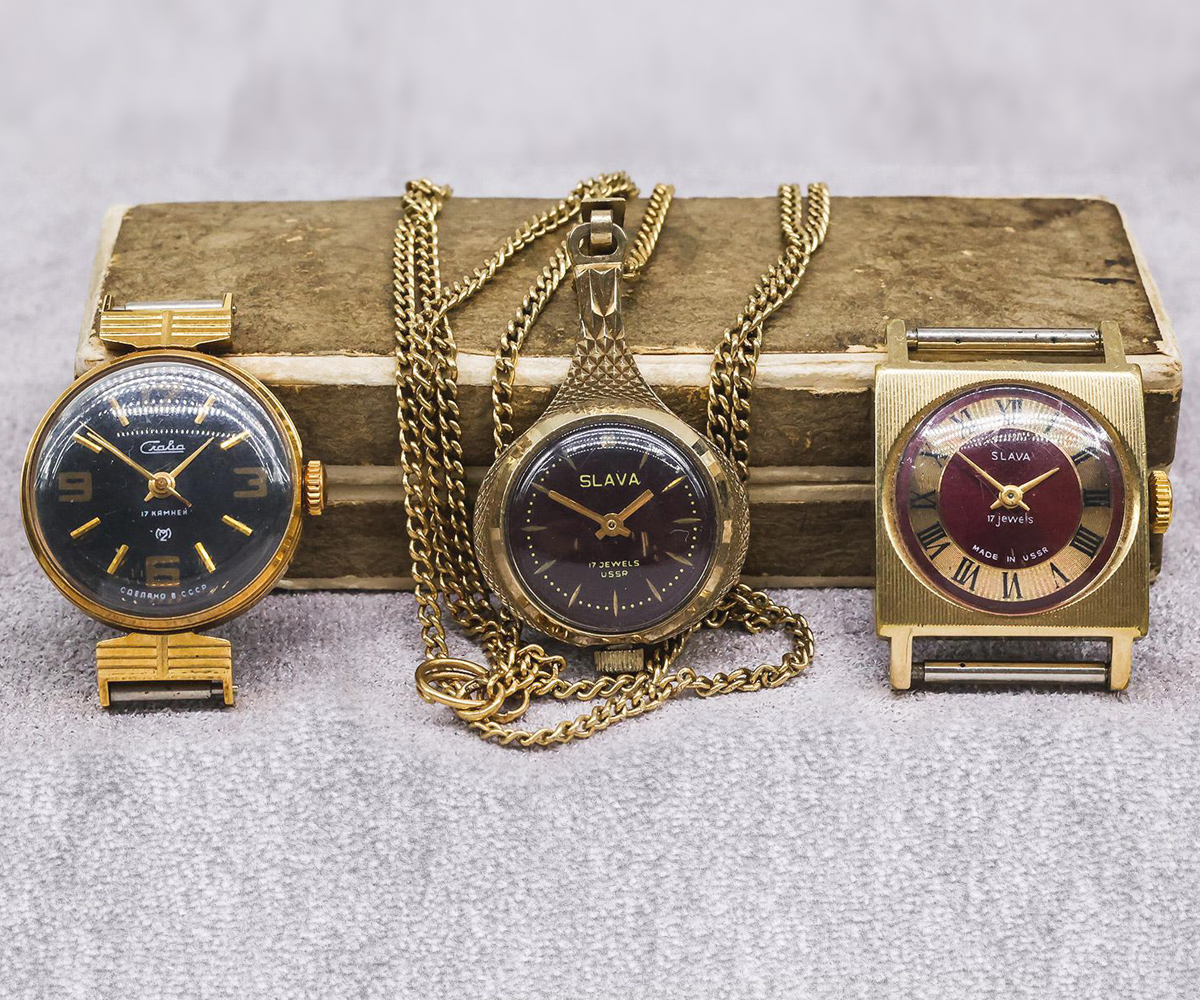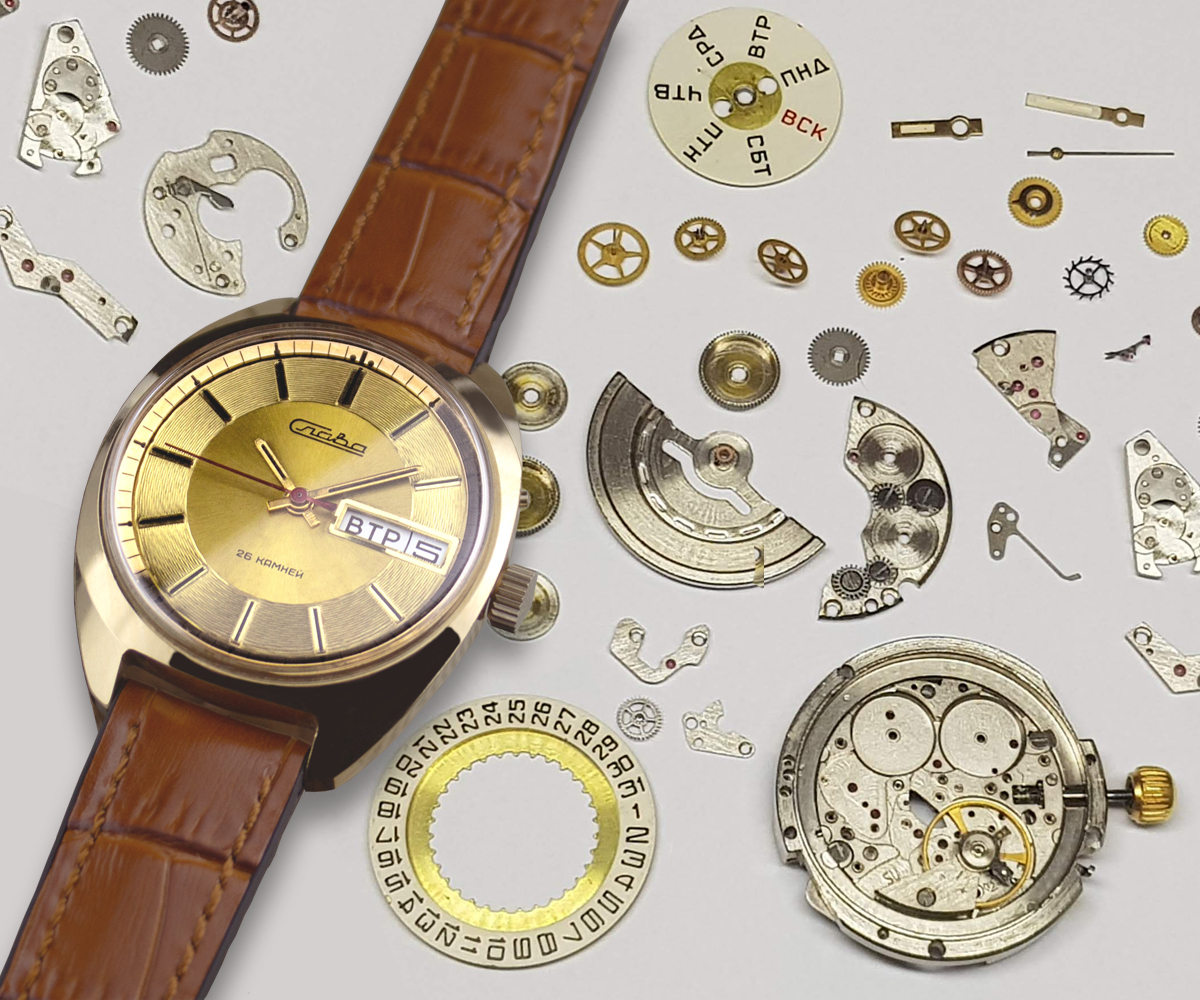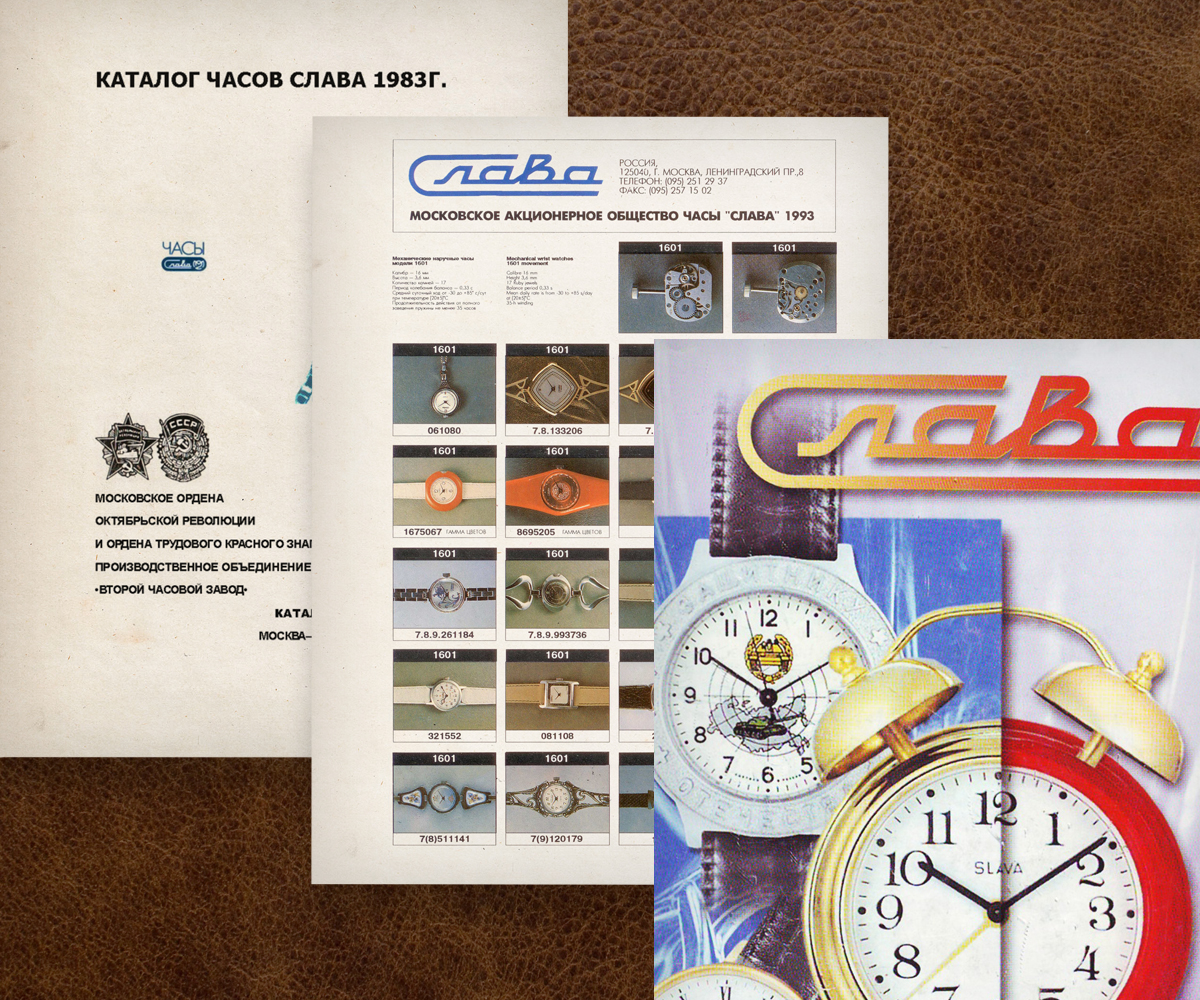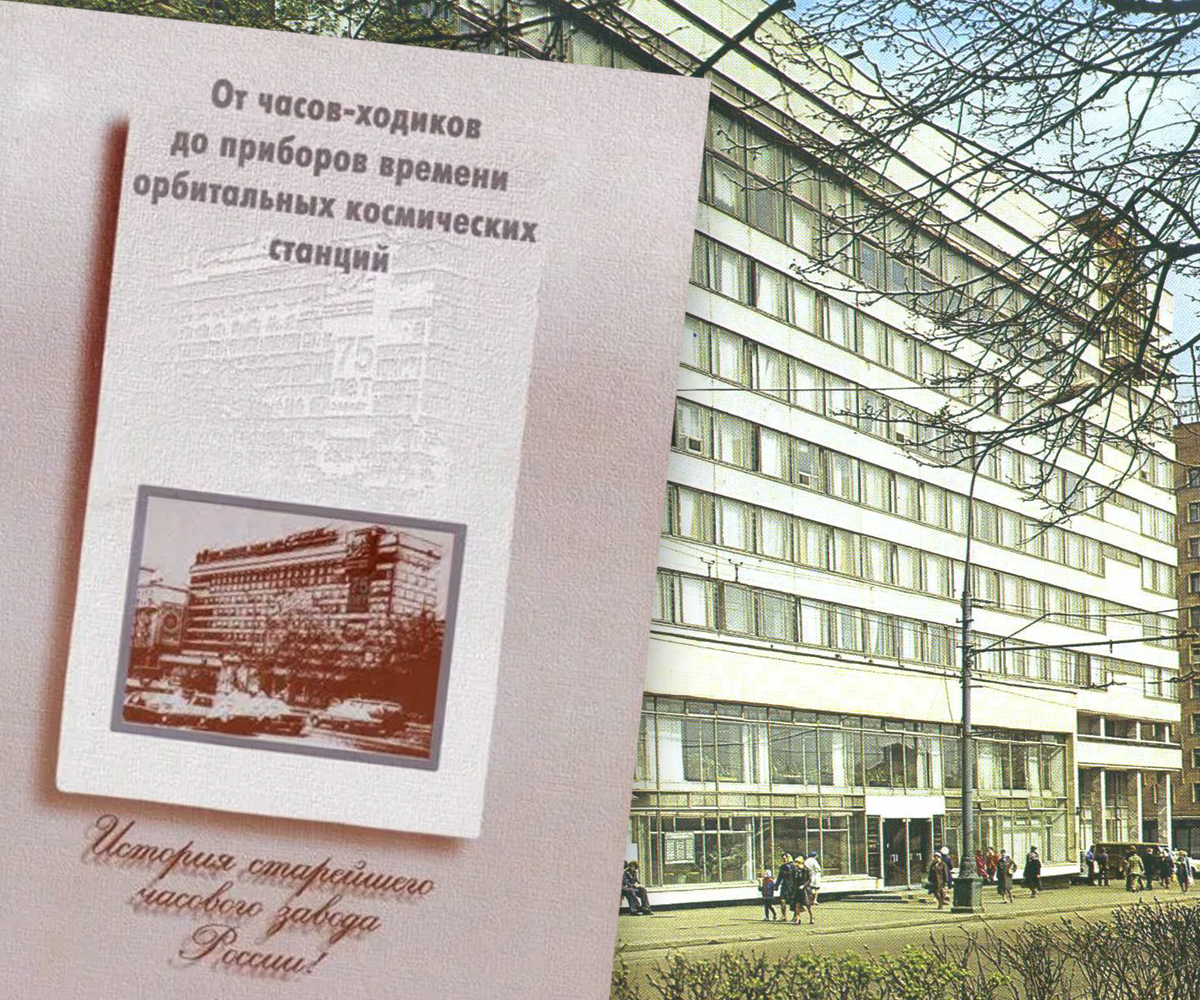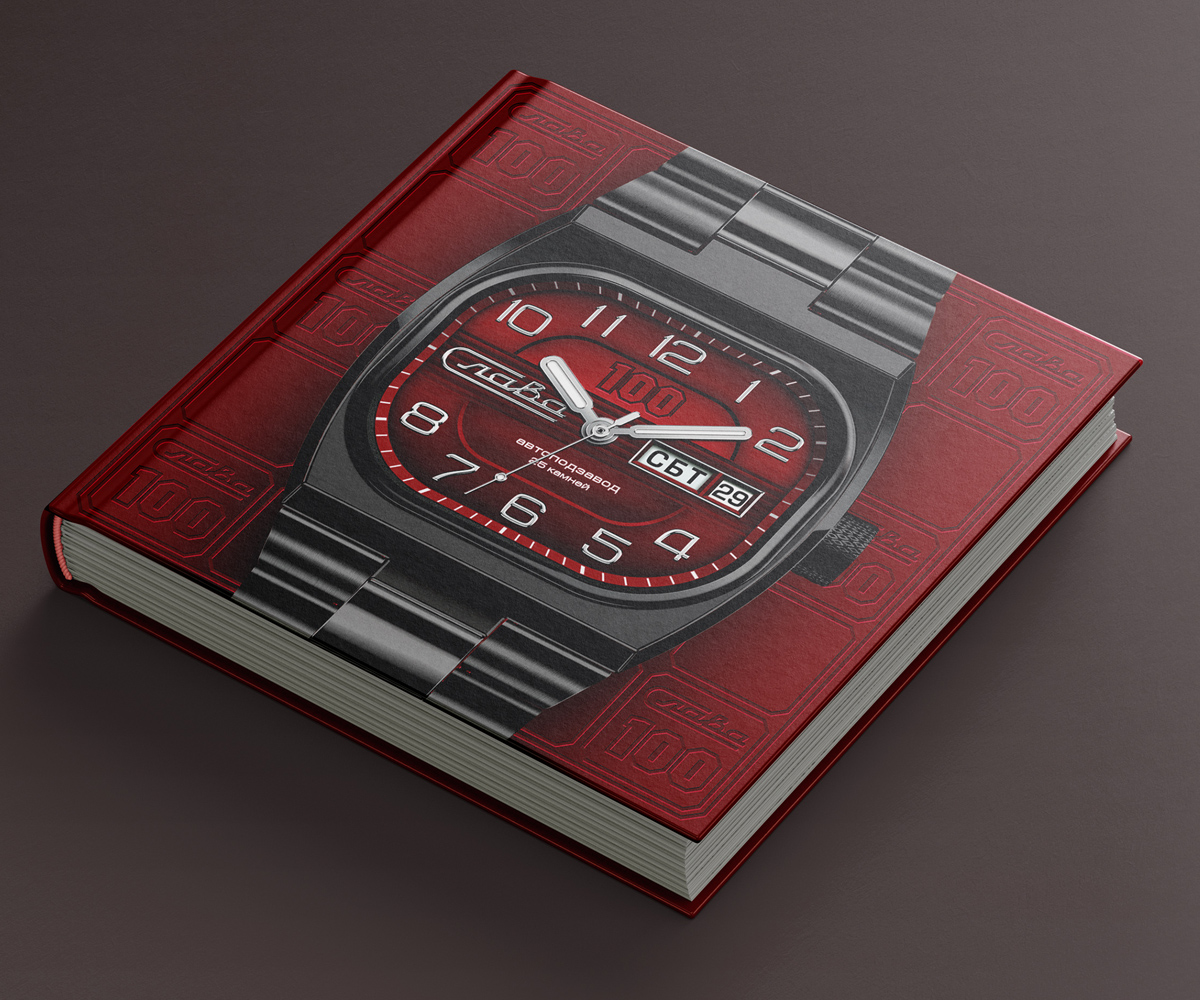The history of the Slava brand and the Second Moscow Watch Factory
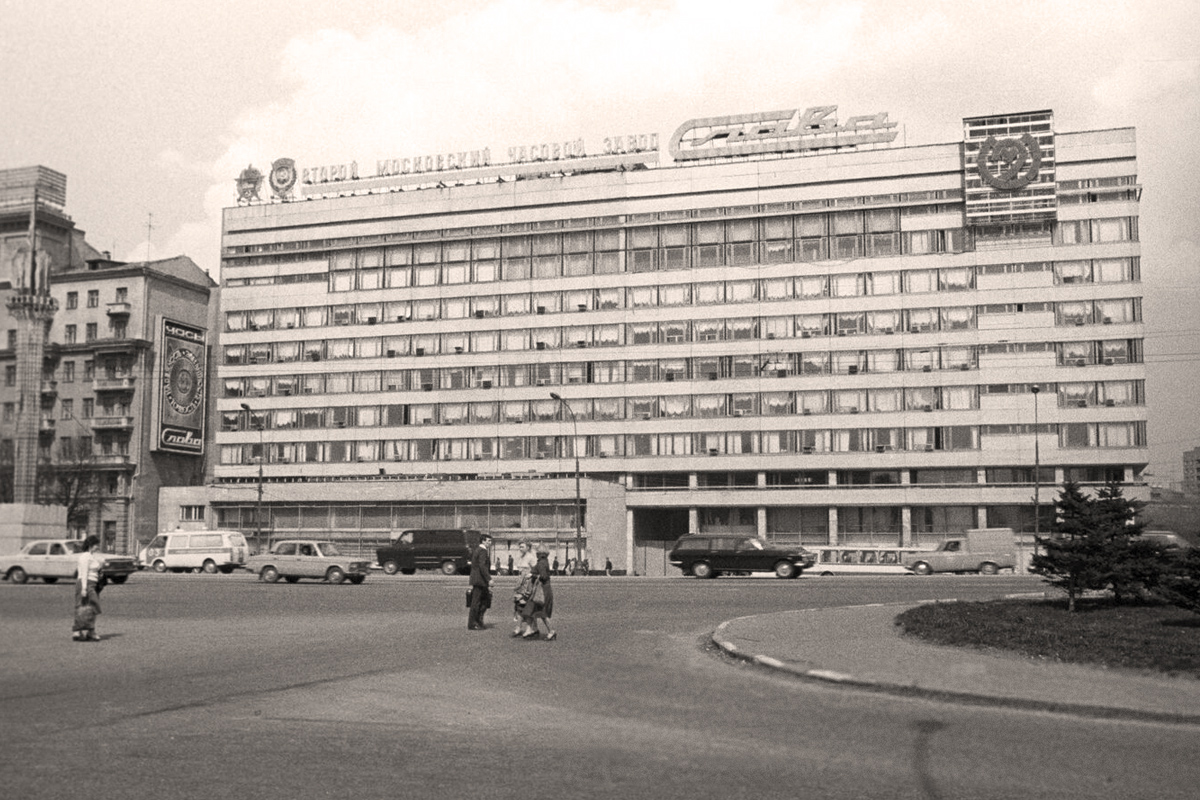
In this section, you can immerse yourself in the fascinating history of the Slava brand and the Second Moscow Watch Factory. The beginning of this journey dates back to 1924, when the factory was founded. You can learn more about its history by reading the 2002 book by V. G. Bogdanov, who held the position of chief engineer of the factory from 1998 to 2000. A new book is expected to be released soon, which will summarize the 100-year history of the factory and the Slava brand.
For those who want to understand the history of old Slava watches in more depth, we recommend reading the article "What can you learn about old watches" and also studying the archive catalogs. We have collected archive catalogs and brochures in a special section, translating them into text format for easy searching of the necessary information.
In addition, we invite you to visit the "Museum" section, where you can learn about the museum exposition of the Slava brand both in the past and in the present.



